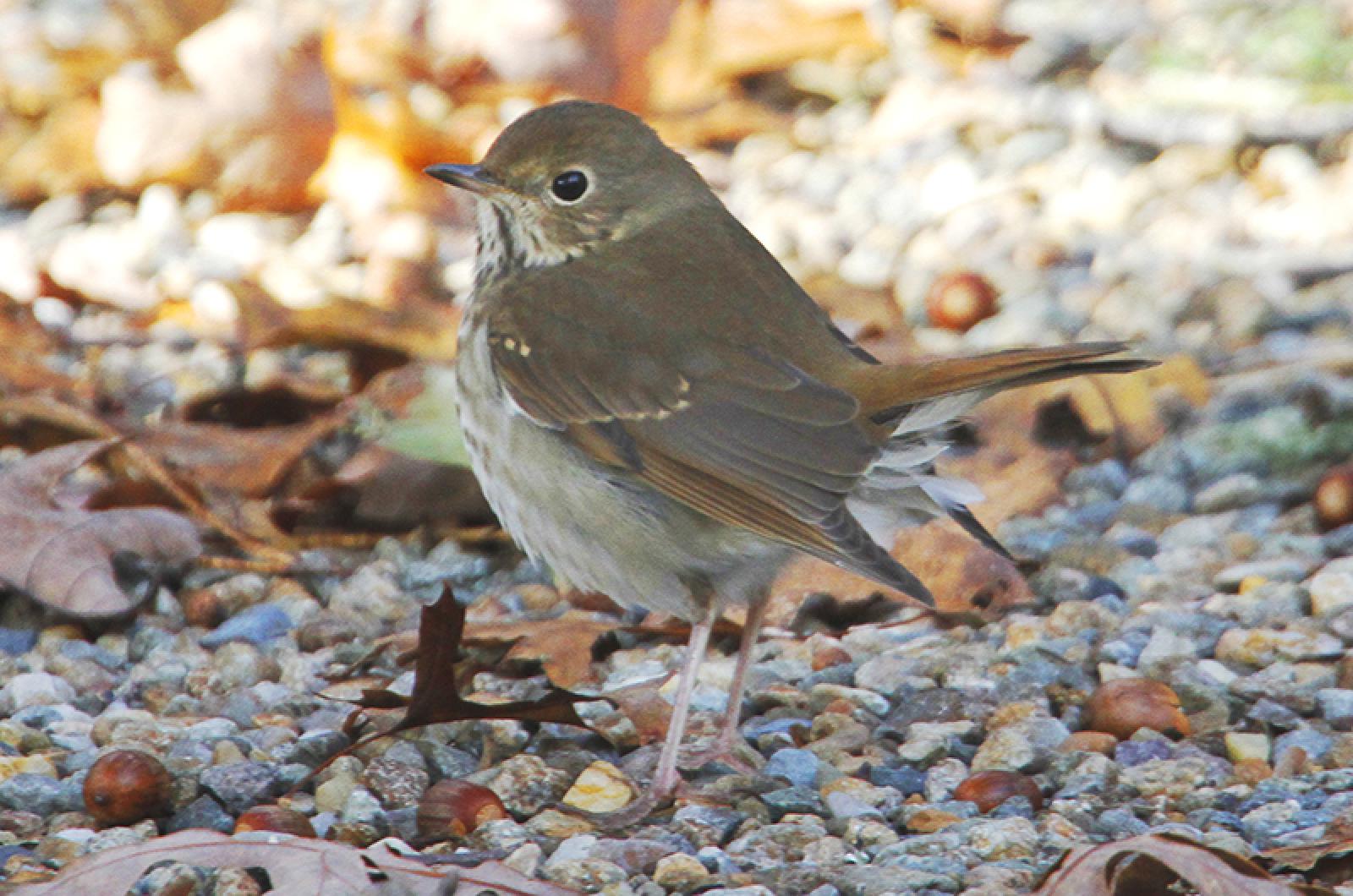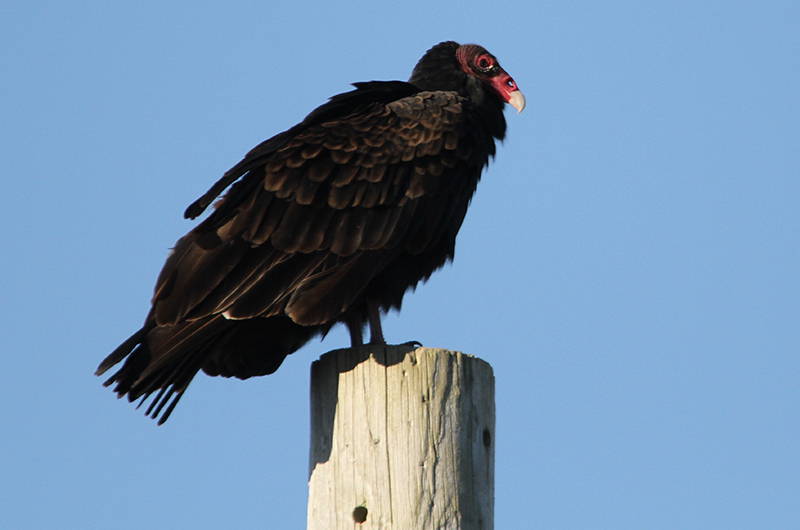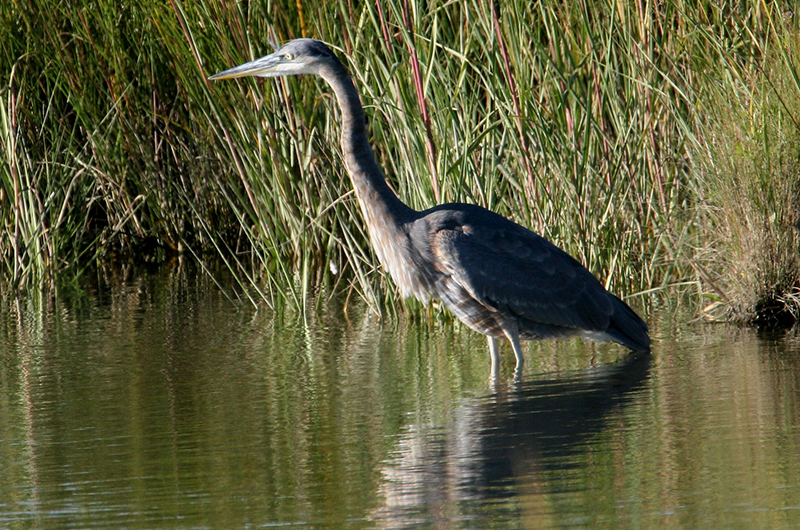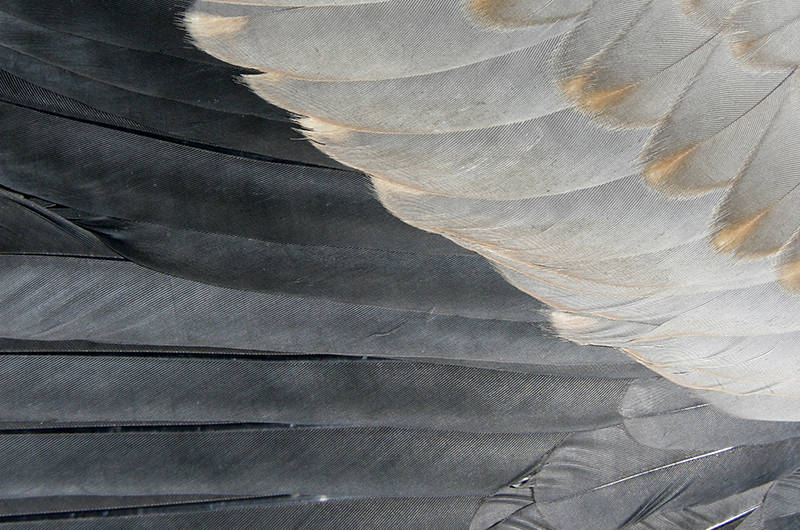Again this week, seabirds are the focus of this column. Two weeks ago it was shearwaters, last week it was the brown booby and now it is a phalarope. It is August, the beginning of seabird migration.
The first-ever brown booby was seen as it arrived on August 6 as it rode into Menemsha on the bow of Captain Walter Dixon’s dragger Peddler. Many people got to see this unusual visitor, which hung out on the jetty on the Lobsterville side of the entrance into Menemsha Pond, and allowed people to get within 10 feet. It was always preening except when it was scarfing down handouts from fishermen. Such behavior is not normal for a seabird that lives on the ocean and comes to land only to nest.
Because of its unusual behavior and the poor condition of its feathers, the booby was captured on the afternoon of August 9 and taken to Gus Ben David. Please realize that capturing such a large strong bird with a big sharp beak is dangerous, and must be left to professionals with experience handling such birds; Luanne Johnson safely captured the booby. Rehabilitating them is even more complex and must be left to someone – like Gus – who has rehabilitated a wide variety of wildlife species, including many seabirds.
Gus reports that the booby is energetic and eating well, but for some unknown reason, its feathers are not waterproof; the feathers absorb water just like a sponge. This is not good for a seabird that lives by catching fish in the ocean! It will likely need to remain in captivity until it molts and grows new feathers.
The past few weeks have produced a few seabird sightings including razorbills, shearwaters and a murre as reported in this column in the past two weeks. The razorbill, which was first observed on August 2, was most recently sighted by Stephanie Mashek on August 9 at Harthaven. Allan Keith and Gus BenDavid report that on August 13, the razorbill had moved on to Sarson’s Island.
The most recent chapter of the seabird saga came on August 11, when my Saturday morning Guided Birding Tour found a phalarope on Norton Point Beach. The visibility was less than optimal, as we were at the boat-launching ramp on Edgartown Bay Road, looking through my spotting scope on a hazy morning.
We observed the phalarope’s characteristic behavior of swimming in tight circles, which raises their food up to the surface where they can catch and eat it. Otherwise, all we could see was an overall dark, small headed and long-necked shorebird with a needle-thin bill. It, most likely, was a red-necked phalarope but we could not see enough details to safely distinguish it from a red phalarope. Either of these species, had they read their bird books, would know they are supposed to be well out to sea at this time of the year.
Why has there been an influx of seabirds? Their migration begins in July and peaks in August. A boat trip out to the continental slope and the Gulf Stream is likely to find these and other seabird species.
Bird Sightings
David Dollenmayer reports two black-crowned night-herons at Sheriff’s Meadow Pond on August 12.
I visited the Squibnocket area on August 12 with Erek Nimphius and his family; our highlights included cedar waxwings, bobwhite and an osprey family on a natural tree nest rather than the more typical artificial nesting platform.
At Squibnocket Beach, we found a flock of shorebirds including semipalmated plover, black-bellied plover, ruddy turnstone and sanderling. Two immature common eiders were feeding in the copious seaweed close to shore. Later that afternoon, I heard the distinctive call of a black-billed cuckoo at Cedar Tree Neck.
Immature great blue herons are becoming abundant now – Debra Luce is the latest to report one at Lagoon Pond on August 10. Soon the adult great blues will be arriving, with white on top of their head and a black stripe over the eye rather than the dull black caps of the immatures.
On August 8, Dahlia Rudavsky spotted an immature turkey vulture eating its dinner in a tree near Sengekontacket Pond. There were also short-billed dowitchers, ruddy turnstones and oystercatchers on the pond’s tidal flats.
Lucy Louvrain reports that a hermit thrush visited her Katama yard on August 9.
And, last but not least, Ed Grazda reports a family of eastern bluebirds in his birdbath near Peaked Hill on August 7. The breeding season is ending and southbound migrants have started to show up.
Please report all your sightings to birds@mvgazette.com.
Robert Culbert leads Saturday morning Guided Birding Tours and is an ecological consultant living in Vineyard Haven.











Comments
Comment policy »